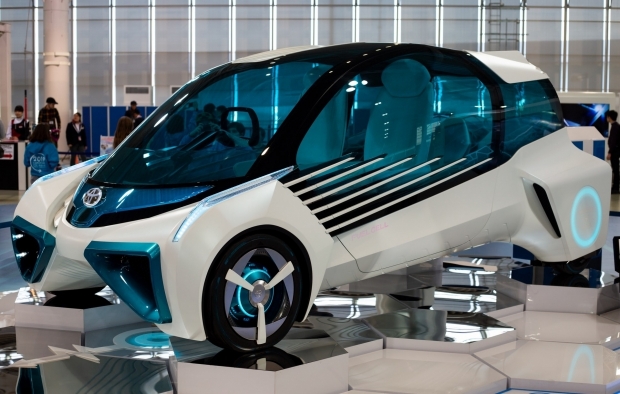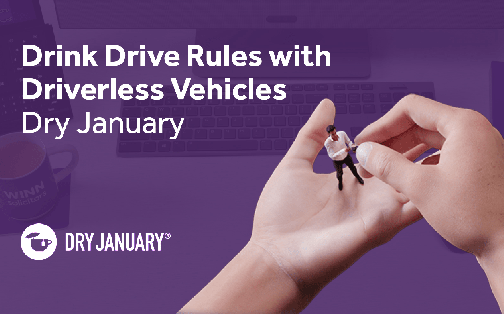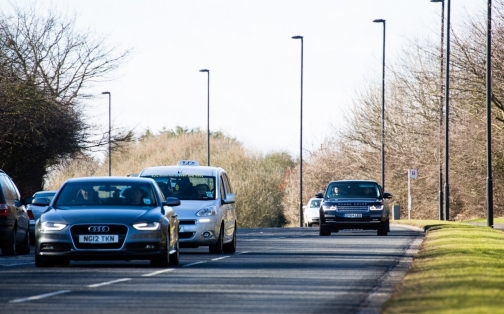

Autonomous Vehicles: Is the Future Now?
Self-driving, autonomous vehicles are very much on trend with various companies suggesting the tradition of driving may be coming to an end as technology takes over.
But just how close are we to no longer being classed as drivers and, instead, simply passengers?
Some of the more positive views suggest sooner than you think; Tesla chief executive Elon Musk created headlines with his assertion that driverless versions of his vehicle will be ready by 2020. Ford, on the other hand, are more restrained in their belief that they will produce self-driving vehicles by 2021.
If you look at the potential offerings, it is positively space-age. US chipmaker Nvidia is teaming up with Volvo to develop AI for self-driving trucks, while Bristol Airport recently tested driverless pods on roads shared by traditional traffic.
Most of the major car manufacturers are aiming for driverless technology in the near future, with BMW highlighting a five-tier approach to autonomous vehicles. This ranges from driver assistance methods – cruise control for example – at one end of the spectrum, through to cars which don’t need a driver at all, and perform all tasks associated with that role.
Doing it without being absolutely convinced the car can handle that (situation) safely, then I think it’s irresponsible.
Hakan Samuelsson, Chief Executive of Volvo Cars
For all the big statements of intent and investment in this sector, there is still some understandable trepidation. The chief executive of Volvo Cars, Hakan Samuelsson, for example, has urged caution by telling the Financial Times, with regards the roll-out of these vehicles; “Doing it without being absolutely convinced the car can handle that (situation) safely, then I think it’s irresponsible.”
What about the here and now?
The debate currently centres on company portrayals in advertising that they have self-driving cars, a confusing message as most semi-autonomous vehicles still require human interaction. It appears there is some degree of autonomy in market-leading vehicles, but the need for the driver to be engaged in the act of driving will be required for a while yet.
Share this article
Request a Callback
Had an accident that wasn’t your fault? Leave your details and we’ll call you back.
Thank you
Thank you for your request, one of our team members will be in touch shortly.
Find Out MoreExisting Client?
Keep on top of your claim 24/7, 365 days a year with Touchpoint, accessible from any internet-enabled device.



